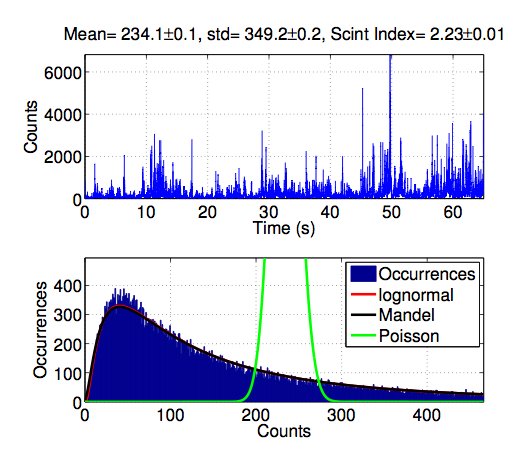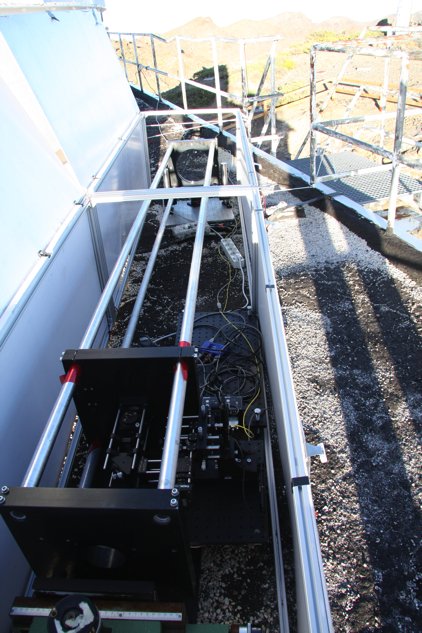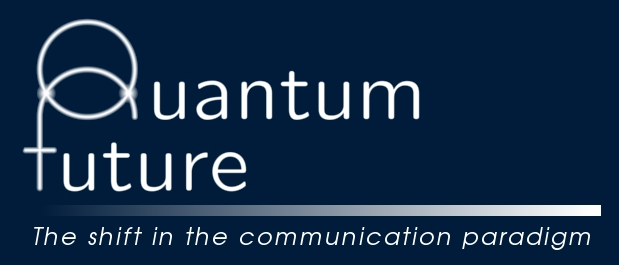
I. Capraro1, A. Tomaello1, A. Dall’Arche1, F. Gerlin1, R. Ursin2, G. Vallone1, and P. Villoresi1
Physical Review Letters 109, 200502 (2012)
DOI: 10.1103/PhysRevLett.109.200502
1Department of Information Engineering, University of Padova, via Gradenigo 6/B, 35131 Padova, Italy
2Institute for Quantum Optics and Quantum Information (IQOQI), Austrian Academy of Sciences, Boltzmanngasse 3, A-1090 Vienna, Austria
The purpose of the work was to investigate the propagation of single photon beams over the inter-island link, and in particular between a transmitter on the roof of the Jacob Kapteyn Telescope at ORM, La Palma, and the ESA-Optical Ground Station at Izana, Tenerife as receiver. Indeed, the study of the free-space propagation of quantum correlations is necessary for any future application of quantum communication aiming to connect two remote locations. The problem related to the free-space propagation is represented by the atmospheric turbulence that acts as a temporal and spatial variation of the air refraction index. A turbulent channel acts as an increment of the losses on the transmitted photons due to beam wandering of the beam centroid or to scintillation, increasing the role of the noise.
The understanding of the propagation effects induced by turbulence at the receiver as well as the temporal statistics of the incoming photons is crucial to assess the quality of the communication and eventually the feasibility of the free-space ground-ground and space-ground links.
In our works, the statistic of arrival of single photons over a free-space 143 km optical link has been analysed, demonstrating the transformation from Poissonian to log- normal distribution and thus expanding this investigation for more than an order of magnitude in length with respect to previous results. The evidence of consecutive sub- intervals of low losses allows us to envisage the exploitation of turbulence as an SNR improvement technique.
In order to improve the signal-to-noise ratio of the transmission of single photons in a long distance free-space link, out of our findings we envisage the exploitation of the following procedure. With a given frequency (much slower than the single photon transmission rate), the free-space channel is probed by means of a classical signal that gives the information of the instantaneous transmission of the channel. Only if the transmission is above a given threshold is the single photon signal acquired. It is crucial for the protocol to be efficient to correctly identify the ‘‘probing’’ frequency and the threshold to be used. This technique can also be used in the classical case, for instance, in on-off keying.


